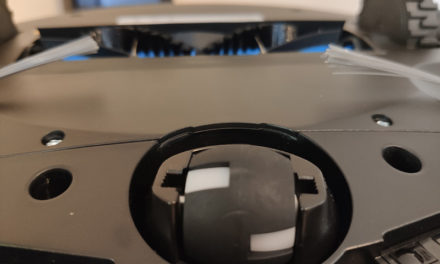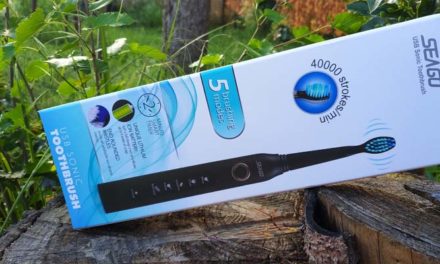
Test of almost half a dozen tuner cards - in the spirit of DVB-T
This is not our first article on the subject, so we assume our readers are aware of what a TV tuner is good for. (If you would like to read the question for safety's sake, one of Mr Greenen's colleagues is one previous writing Of course, in order to be able to make a responsible decision before buying, we will also need some theoretical knowledge, and we can adopt this almost 3 years ago. our article by.
Last plenty of a year we discussed the situation of DVB-T in Hungary, so it is time to make some updates on the subject. Let's start with a brief historical overview! The beginnings date back to 10 years ago, exactly July 1999, 1, when Antenna Hungária started its experimental broadcasting of MPEG-2 in Budapest, and then in October 2001 all three public service programs were on the agenda (M1, M2 and Danube) - now with its own devices with a radiant power of 1 kW. In 2002, the first rural DVB-T broadcast was launched in Kabhegy (2,5 kW) from the same antenna as analogue TV programs.

The development did not stop, but the next milestone for us is definitely December 2008, 1, when the digital terrestrial commercial service called MinDig TV was launched in December 2008 in DVB-T MPEG-4 format on two multiplexes. At the same time, of course, the MPEG-1999 experimental system, which has been in operation since 2, has been shut down. By July 2009, we got to have an MPEG-4 DVB-T broadcast in 1080i50 system, which currently has 6 + 2 channels: RTL Klub, TV2, m1 HD, m2 HD, Duna TV HD and Duna II Automonia - and in coded form HírTV and ATV. This is starting to look like a real offer, and three broadcasters, as its name suggests, are also trying to produce an HD show (the others are upscaling).
Current coverage (December 2008)
In terms of coverage, of course, there has been a steady improvement. While at the end of last year only 60% of the population could enjoy the benefits of Always TV with the participation of 3 transmission towers (Budapest, Kabhegy, Szentes), this year the goal was to involve another 8 (!) Sites - ie year-end coverage will be around 85% . According to further plans, this ratio will change to 2011% by 96, ie Antenna Hungária is ready to switch off the analogue broadcasting planned for the beginning of 2012 with the new system.















